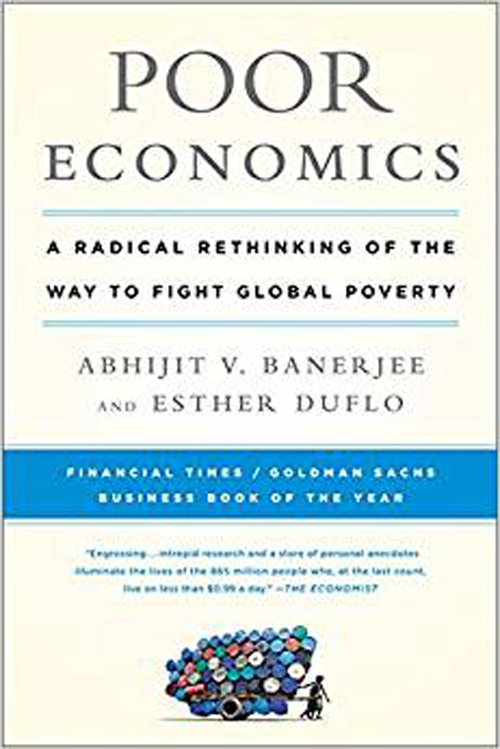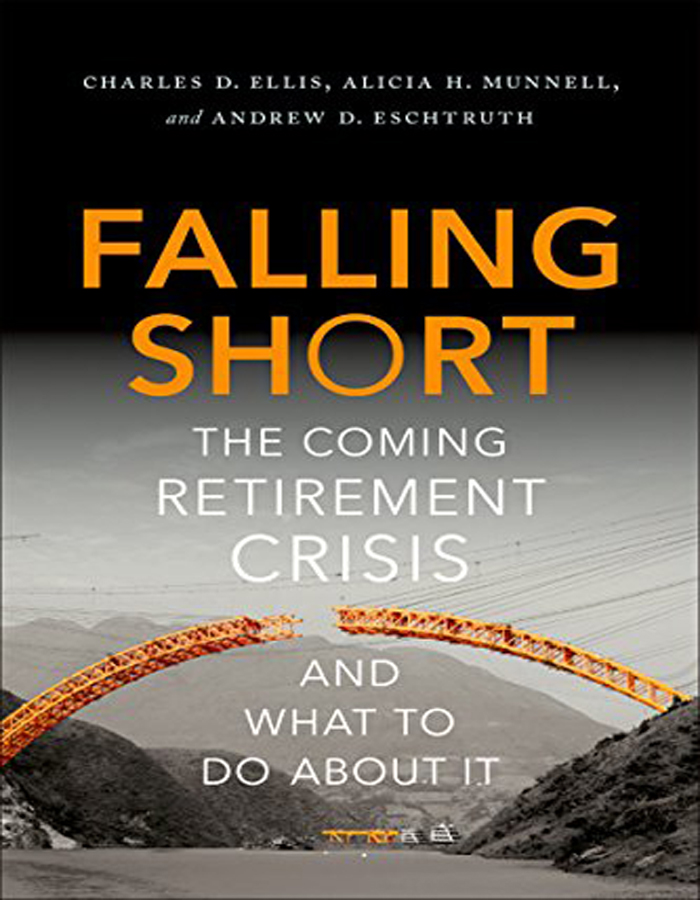The Disruptive Impact of FinTech on Retirement Systems
By Julie Agnew, Olivia S. Mitchell Many people need help planning for retirement, saving, investing, and decumulating their assets, yet financial advice is often complex, potentially conflicted, and expensive. The advent of computerized financial advice offers huge promise to make accessible a more coherent approach to financial management, one that takes into account not only clients' financial assets but also human capital, home values, and retirement pensions. Robo-advisors, or automated on-line services that use computer algorithms to provide...




